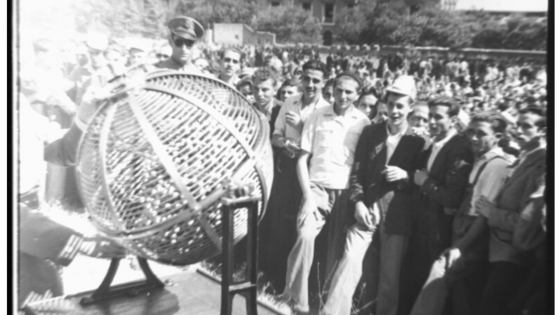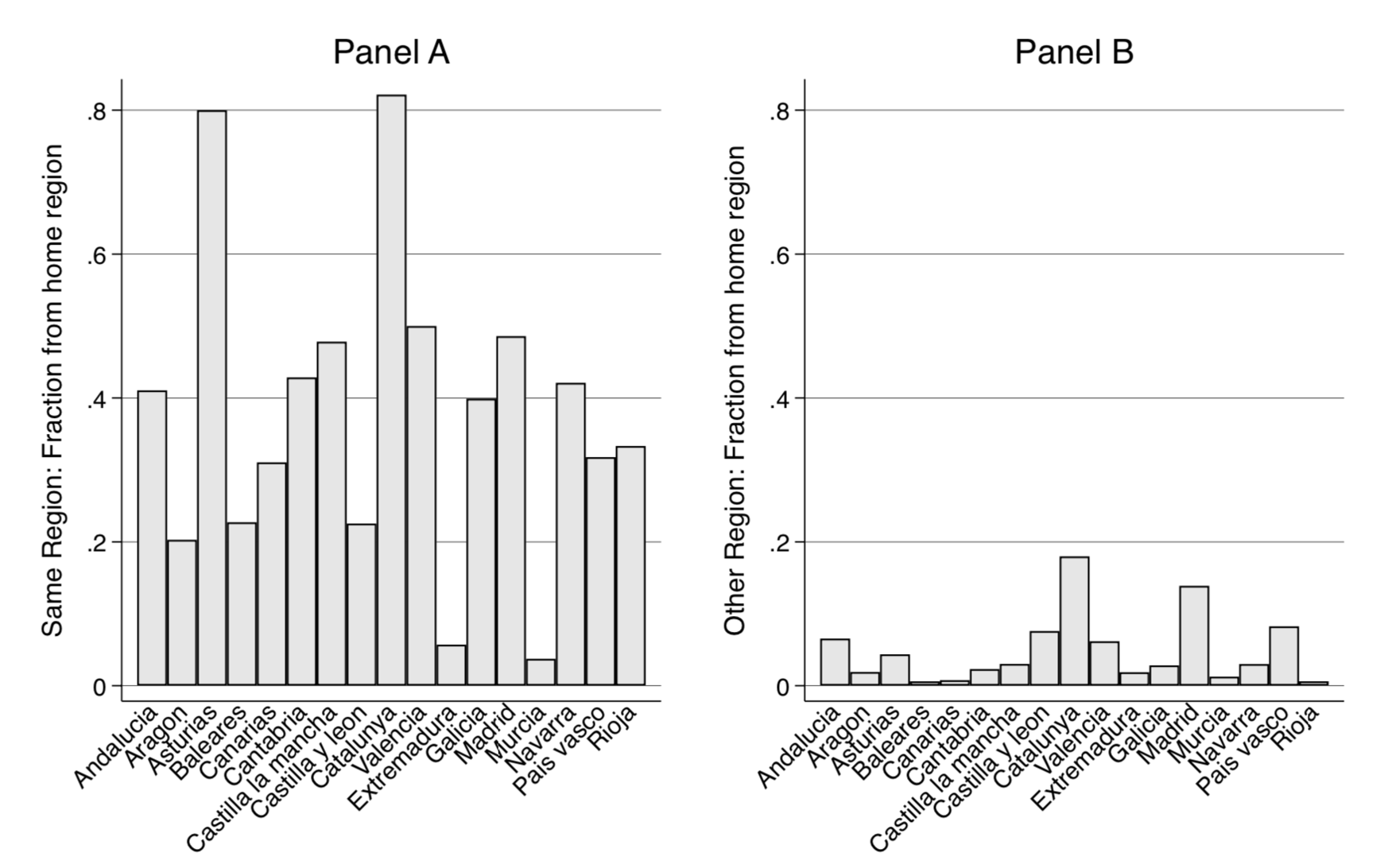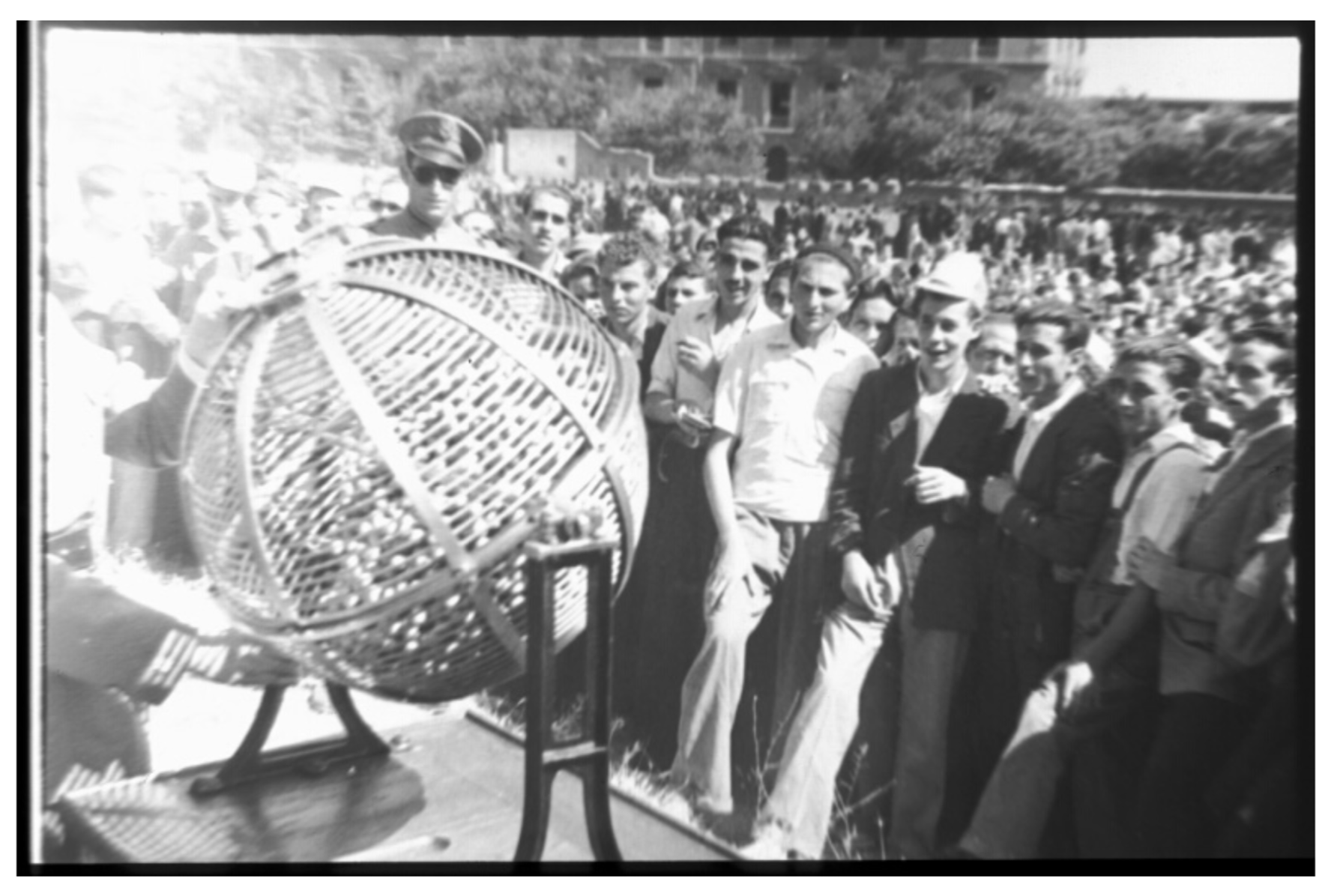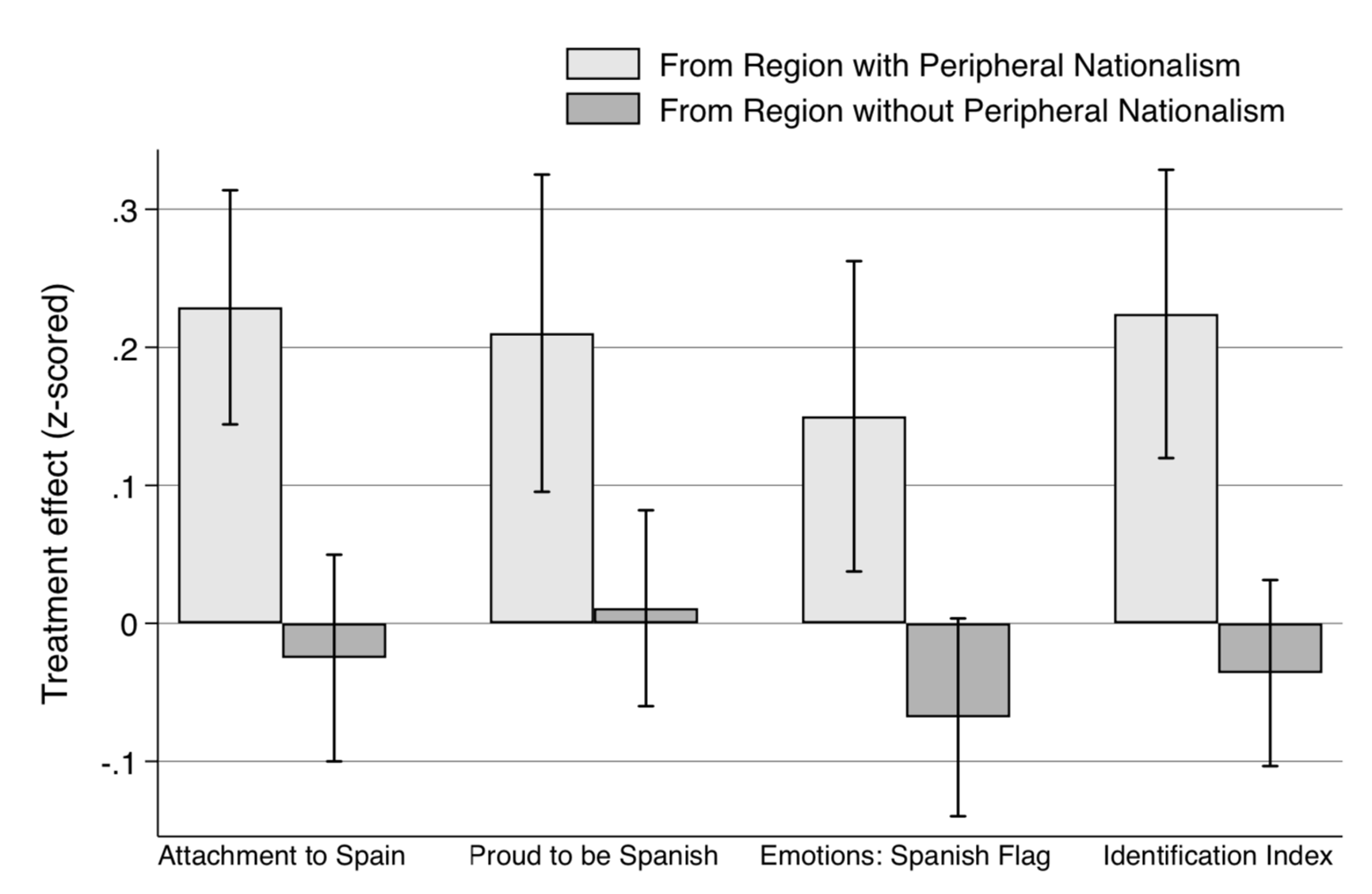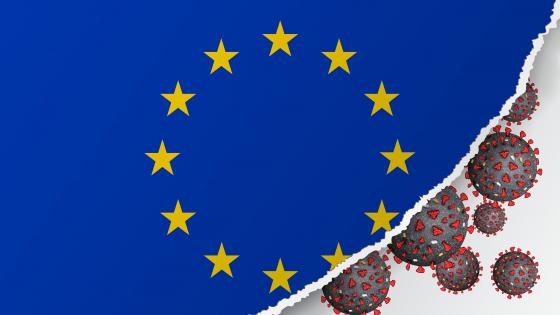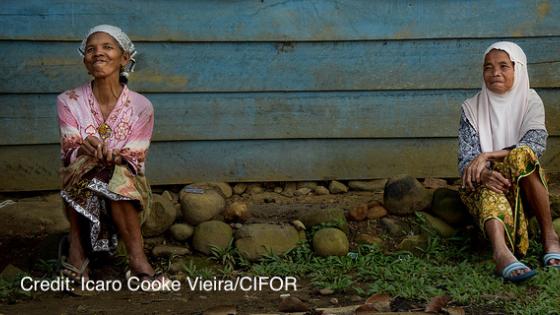Cultivating and maintaining a sense of national identity is a critical challenge facing modern states. States whose citizens identify more strongly with local political units than the nation as a whole may face difficulties in solving collective-action problems, in sustaining support for social safety nets, and in preventing secessionist movements. Such movements are present in many European countries, such as Belgium, France, Italy, Spain, and the UK.
Regional mixing to foster a shared identity
Historically, governments have tried to strengthen a shared national identity through various measures, including national education programs, media propaganda, and resettlement schemes (Bandiera et al. 2019, Blouin and Mukand 2019, Cantoni et al. 2014, Clots-Figueras and Masella 2014). Another commonly applied tool for strengthening a shared national identity and increasing social cohesion is conscription. A key feature of conscription, as adopted by many countries, is the purposeful mixing of conscripts from different regions of origin in the same units, motivated by the belief that mixing fosters interregional relationships and identification with the nation state (Bertaud 1979, Krebs 2004). According to the contact hypothesis, mixing people from different regions can strengthen interregional sympathies, particularly when the contact involves equal status between groups, common goals, and cooperation (Allport et al. 1954, Lowe 2020). A number of studies also suggest that contact helps to decrease prejudice and correct biased beliefs (Burns et al. 2018, Paluck et al. 2019, Pettigrew and Tropp 2006, Schindler and Westcott 2020). The overall impact of contact on shared national identity is less clear. By increasing sympathy and reducing intergroup biases, interregional contact may help to increase the extent to which individuals from different regions share a common identity. However, differences between one’s own identity and others’ identities might also become more salient in response to contact with dissimilar people, thereby decreasing a sense of shared identity (Tajfel et al. 1979).
Spanish military lotteries
In a recent paper (Bagues and Roth 2020), we examine how temporary contact between people from different regions affects intergroup attitudes and national identity by exploiting a unique natural experiment: The random assignment of conscripts in Spain to serve outside their home region. Around one third of conscripts were assigned to serve in their own region of residence while two thirds served elsewhere. Conscripts serving outside their own region were more exposed to individuals from other regions through interactions with other conscripts (see Figure 1).
Figure 1 Fraction of fellow conscripts from the home region
Note: Panel A of this figure shows the average fraction of fellow conscripts from the home region for conscripts in their home region. Panel B shows the average fraction of fellow conscripts from the home region for conscripts outside their home region
A unique feature of the Spanish draft is that conscripts were assigned to their destination using a random lottery (see Figure 2) that was conducted every year at the province level, providing a transparent source of exogenous variation for our study.
Figure 2 Draft lottery, Madrid 1966
Note: This picture shows the draft lottery conducted in 1966 in Madrid. Source: Archivo Regional de la Comunidad de Madrid, code "ES 28079 ARCM 201.001.5237.7"
To study how conscripts were affected by the geography of their military service assignment, we conducted an online survey among 3,231 former male conscripts between December 2019 and February 2020. The survey elicits information on participation in the draft lottery and its outcome. It also collects rich background information and measures a number of outcome variables, including sympathy towards people from different regions of Spain, beliefs about their honesty, and identification with Spain. In our main empirical specification, we compare conscripts who were randomly assigned to complete military service outside of their home region with others randomly assigned to complete it within their home region.
The effects of interregional contact
As expected, serving outside of the home region increases exposure to conscripts from other regions. Despite the long period that elapsed, we also find a small but significant increase in sympathy towards people from the region to which our respondents were randomly assigned. Similarly, we observe an increase in trust towards people from the region of service. Taken together, these results underscore that contact can persistently strengthen social cohesion.
We then study whether serving away from the home region affects conscripts’ identification with Spain. In our survey, we measure identification with Spain using three questions: Attachment to Spain compared to the home region, pride in being Spanish, and positive emotions vis-a-vis the Spanish flag.
Figure 3 shows that for conscripts originating from regions with strong peripheral nationalist movements, the treatment strongly increased their attachment to Spain, their pride in being Spanish, their positive emotions towards the Spanish flag, and an index of identification with Spain. In contrast, the impact is close to zero and not significant for conscripts originating from other regions.
Figure 3 Treatment effects on identification with Spain
Note: This figure displays average treatment effects separately for respondents originating from a region with peripheral nationalism and for respondents from other regions. The figure also includes one standard error bars.
Intergroup contact during conscription is likely to be the key mechanism that explains the increase in national identity among treated conscripts from regions with peripheral nationalism. In particular, treatment effects on contact with people from other regions are three times larger for conscripts originating from regions with peripheral nationalism. Our evidence is not consistent with several alternative mechanisms. Using region-of-service fixed effects, we rule out the possibility that the results are driven by the impact of serving in a particular region that affects a conscript’s national identity. We also show that the cultural distance between the region of origin and destination does not significantly shape identification with Spain. On top of this, we provide evidence suggesting the limited relevance of long-run mobility and economic opportunities as mechanisms driving our results.
Broader implications
Overall, our findings indicate that, until its abolition, military service played an important role in enhancing interregional contact. More generally, our results suggest that intergroup contact in early adulthood can have an important impact on interregional social cohesion and citizens’ national identities. Governments aiming to promote a shared national identity might want to consider policies that facilitate interactions between individuals from different regions, such as those fostering mobility in higher education. These policies might be particularly relevant given the decline in interregional mobility experienced by many Western countries over the last few decades (Champion et al. 2017, Molloy et al. 2011), which is likely to have reduced interactions between individuals from different regions.
References
Allport, G W, K Clark and T Pettigrew (1954), “The nature of prejudice”.
Bagues, M and C Roth (2020), “Interregional Contact and National Identity”, CAGE working paper no. 526, December.
Bandiera, O, M Mohnen, I Rasul and M Viarengo (2019), “Nation-building through compulsory schooling during the age of mass migration”, The Economic Journal 129 (617): 62–109.
Bazzi, S, A Gaduh, A Rothenberg and M Wong (2018), “How intergroup contact can foster nation-building”, VoxEU.org, 7 January.
Bertaud, J P (1979), La Révolution armée: les soldats-citoyens et la Révolution française, Vol. 4, Paris.
Blouin, A and S W Mukand (2019), “Erasing ethnicity? Propaganda, nation building, and identity in Rwanda”, Journal of Political Economy 127 (3): 1008–1062.
Burns, J, L Corno and E La Ferrara (2018), “Interaction, Prejudice and Performance. Evidence from South Africa,” Working Paper.
Cantoni, D, Y Chen, D Y Yang, N Yuchtman and J Zhang (2014), “Curriculum and ideology,” VoxEU.org, 29 May.
Champion, T, T Cooke and I Shuttleworth (2017), Internal migration in the developed world: Are we becoming less mobile?, Routledge.
Clots-Figueras, I and P Masella (2014), “Education, language and identity”, VoxEU.org, 3 March.
Fouka, V (2020), “Backlash: The unintended effects of language prohibition in US schools after World War I”, The Review of Economic Studies 87(1): 204–239.
Krebs, R R (2004), “A school for the nation? How military service does not build nations, and how it might”, International Security 28(4): 85–124.
Lowe, M (2020), “Types of contact: A field experiment on collaborative and adversarial caste integration”, American Economic Review, forthcoming.
Molloy, R, C L Smith and A Wozniak (2011), “Internal migration in the United States”, Journal of Economic Perspectives 25(3): 173–96.
Paluck, E L, S A Green and Donald P Green (2019), “The contact hypothesis re-evaluated,” Behavioural Public Policy 3(2): 129–158.
Pettigrew, T F and L R Tropp (2006), “A meta-analytic test of intergroup contact theory”, Journal of Personality and Social Psychology 90(5): 751.
Schindler, D and M Westcott (2020), “Shocking Racial Attitudes: Black GIs in Europe”, Review of Economic Studies.
Tajfel, H, J C Turner, W G Austin and S Worchel (1979), “An integrative theory of intergroup conflict”, Organizational Identity: A reader, 56: 65.
